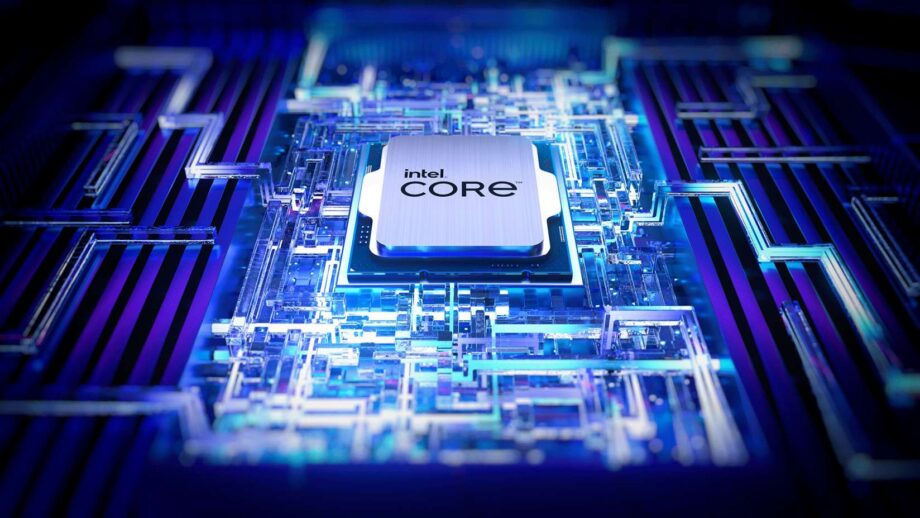Intel Arrow Lake: All we know about Intel’s 15th Generation processors

Intel Arrow Lake is the codename for the next generation of Intel Core processors, and so will mark the 15th generation.
Intel will make Arrow Lake available as both a desktop and laptop processor, which means it will act as the successor to both the 13th Generation Raptor Lake and 14th Generation Meteor Lake.
Intel says it will adopt the new Intel 20A process, which is said to be the equivalent of a 2nm process node. This is a huge advancement, with the current Intel Meteor Lake still stuck on Intel 4 which is said to be the equal of 7nm.
The smaller node should result in a big performance boost, with a leaked Intel presentation slide (via the AnandTech forum) indicating a 5% boost for single-core performance, and 15% advantage for multi-core performance.
Other possible improvements include an increased number of efficiency cores, powerful integrated graphics and support for faster memory. We’ve provided a more detailed breakdown below, so keep on scrolling for everything you need to know about the 15th Generation of Intel Core processors.
Release date
The Intel Arrow Lake generation of processors are expected to land towards the end of 2024.
That said, we wouldn’t expect to see many laptops featuring the new chips until 2025, so there’s still a long way to go.
Specs
Intel Arrow Lake is expected to become the very first processor family to use the Intel 20A process node. This is the equivalent of a 2nm node when compared to other processors.
If true, this would be a huge step forward for the company. Intel is currently using 7nm processors in its latest generation, while the latest AMD chips are using 5nm. A smaller process node allows a chip manufacturer to squeeze more transitions onto the processor, which generally translates to a faster performance.
A leaked presentation slide (posted by uzzi38 in the AnandTech forum) suggests the Arrow Lake will see a 15% increase in multi-core performance on average, and a 5% increase in single-core performance compared to the preceding generation.
For the initial launch of Arrow Lake, Intel isn’t expected to improve upon the maximum 24-core setup (8 performance cores and 16 efficiency cores). However, Moore’s Law Is Dead suggests that Intel is planning to refresh Arrow Lake at a later date, doubling the number of efficiency cores (from 16 to 32) to take the total core count up to 40.
Moore’s Law is Dead also claims that Intel will ditch hyperthreading for the new generation, with the company seemingly happy with the multi-core performance without the technology.
Intel will apparently be improving the memory support too, potentially supporting up to DDR5-6400. It’s also been speculated that the new integrated graphics could be based on Arc Alchemist.
That’s all we know about Intel Arrow Lake for now, but we’ll be sure to update this article as soon as we see more rumours and reports for the next generation of Intel processors.
The Trusted Take
There’s still a long way to go until Intel Arrow Lake arrives, but the first signs sound promising. The jump to a new process would be huge news for Intel, which should hopefully result in a big performance boost over previous processor generations.
It’s a shame that we’ll seemingly need to wait until an Intel Arrow Lake refresh for the increased core count, but it’s still nevertheless an exciting time to be an Intel fan.








